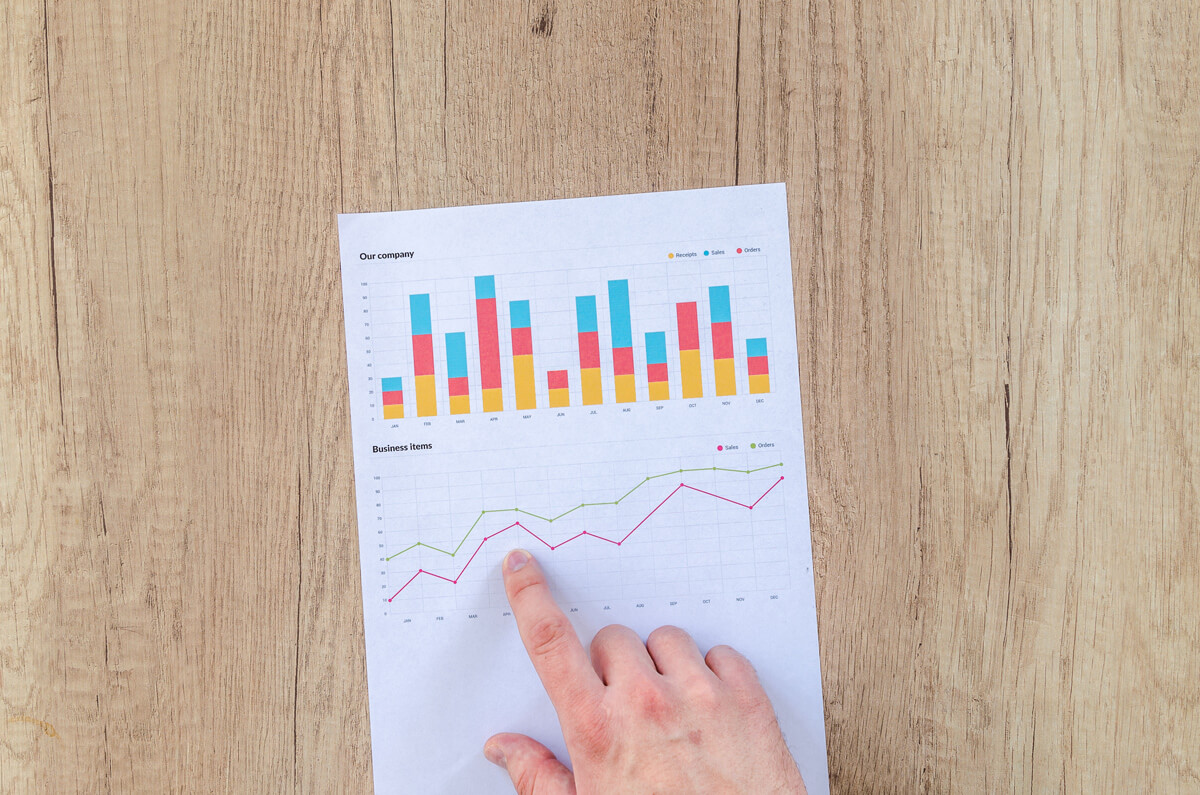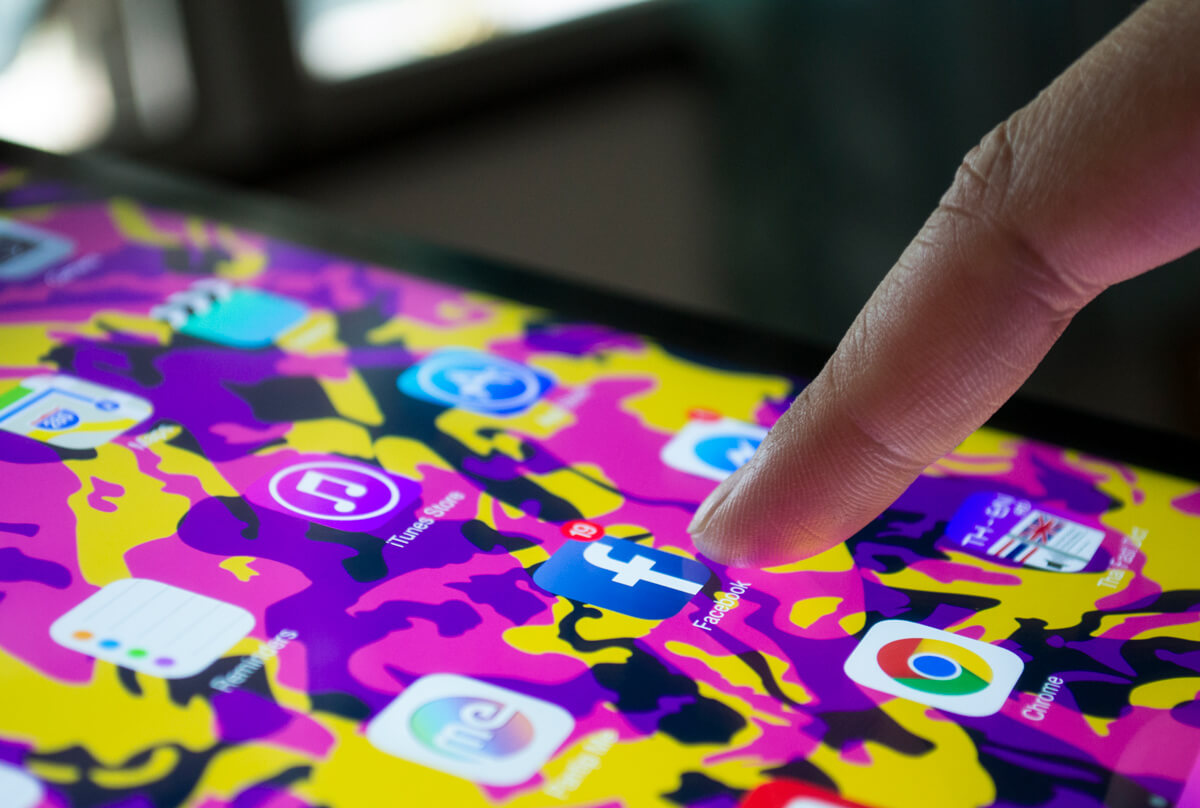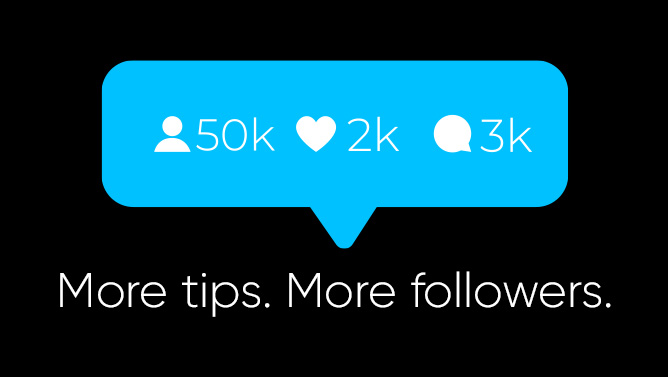Social Media edition
Read part 1 here.
The popularity of social media platforms is growing at a fast rate all around the world. This popularity does not stop at the number of people using them and it also includes the number of hours spent on them. According to Social Media today, the average person spends a whopping 116 minutes on social media platforms every, this representing around 30% of the time spent online.Naturally, this fact makes social media an important component of every digital communication strategy.
While the social media platforms have and are accessed for different purposes, they all have roughly the same principles. People use social media platforms with different goals, from entertaining, to look up the news, to search for jobs and so on. While these platforms may have different purposes, they all have roughly the same principles when it comes to metrics.
There are dozens of platforms out there, but you don’t have to be on all of them, but on those that suit you the best. To determine which ones are right for you, take a look at your business objectives, the nature of your business and on which platforms your targeted audience spends is present.

Social Media Metrics
Given the wide variety of things a person can do on social media platforms, there are potentially hundreds of metrics that can be analyzed when it comes to SM, some unique to the platform, while others common to all platforms. The key thing is to identify and analyze the ones that can be correlated to your business and communication objectives and can help you gain insights and relevant info. Metrics that are not correlated to your business and communication objectives are called “Vanity numbers”.
The vanity numbers are metrics that while they look good on paper, provide you with no relevant insights and info to help you reach your objectives. In a nutshell, you can’t take any business objectives based on them. For example, if your objective is to drive traffic from social media to your website, likes, and share have little to no relevancy. You can have a great number of shares and reactions on your posts ( likes, love etc.) but if the click-through rate is close to zero, those metrics don’t mean a thing.

Which metrics are important?
As mentioned above, not every business uses social media platforms with the same goals. Having clear objectives is a key thing in determining which metrics are important to you. Let’s take a look at a few examples for you to better understand how this works.

Brand Awareness
If your objective is to enhance your brand awareness, there are quite a few metrics you have to look at:
The number of followers/ fans – Referred to on Facebook as fans, and on Instagram, Pinterest, Twitter as followers, these people represent your current audience. Naturally the larger the number, the better. But, this number has to be correlated with other metrics such as engagement in order to be relevant
Engagement – as mentioned above, this metric is complementary to the number of followers/fans, as it will give insights on how many of them are active and interact with your brand. These interactions can be anything from “likes” to “favorites”, reactions ( Facebook’s “Love, Like etc.), depending on the platform. In addition to all of them, there are the so-called amplifiers which consist of post shares, retweets, repins, weblogs.
Brand Mentions – this metric quantifies how many times was your brand mentioned in discussions on social media platforms (in general, not only by fans and followers)

Conversions
To better understand if your social media strategy drives traffic to your website, transforming them into leads, take a look at the number of post clicks and correlate it with the number of link clicks (prior to that you have to make sure that your posts have links with the appropriate UTM parameters). You can also take a look at the Google analytics data, in order to get a clearer picture of the process.
Conversion objective doesn’t only refer to driving traffic to your website, as it depends on the specifics of your company’s activity. If your company developed an application or a mobile game and made social media accounts on different platforms, then, for you, conversion is a slightly different thing that can be measured through app downloads correlated to the number of fans.
So, as you can see, social media isn’t something static. It’s more of a fluid way of communication, which is influenced by different factors. From your audience to your business activity, objectives, trends, all of them have a footprint on social media communication and strategy. Digital communication is an essential process for every business, and with the digital world growing at a faster pace than ever it is highly important for it to be seamless and effective. Comprised of many parts, from social media to website and applications, digital communication is an integrated continuous process. This means that if one part performs bad, the others are influenced by this too. Make sure that you take a look at the bigger picture and at all the integrated pieces when taking a decision or making a strategy.


